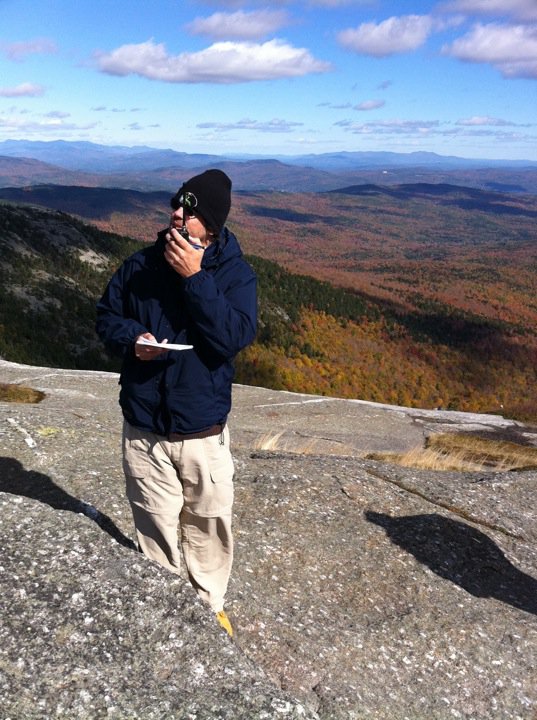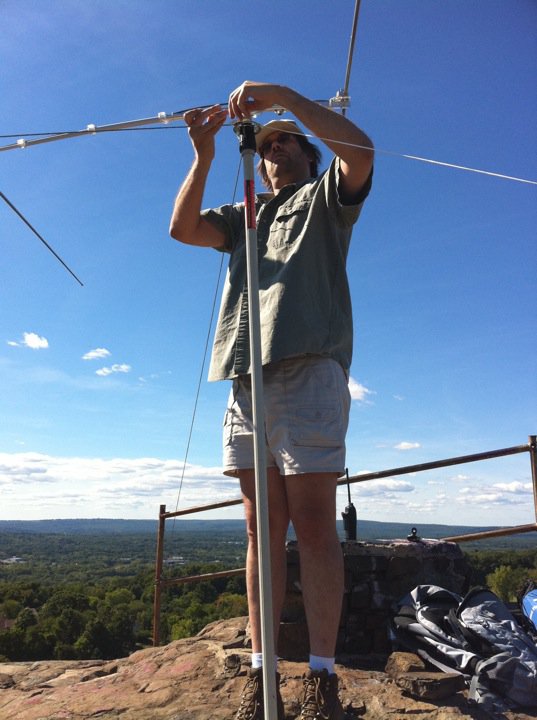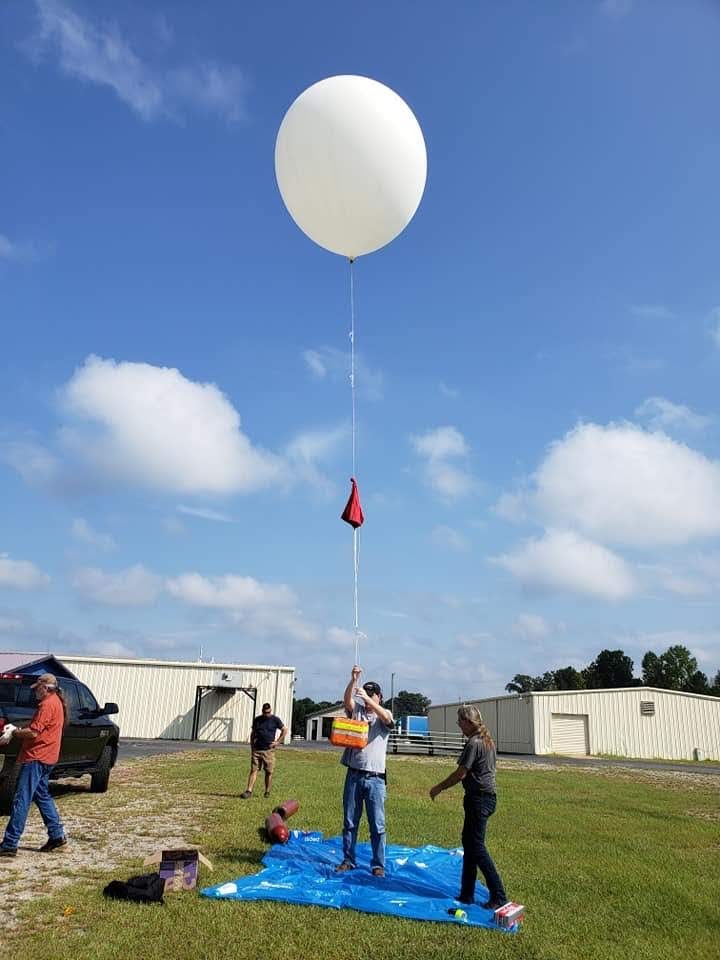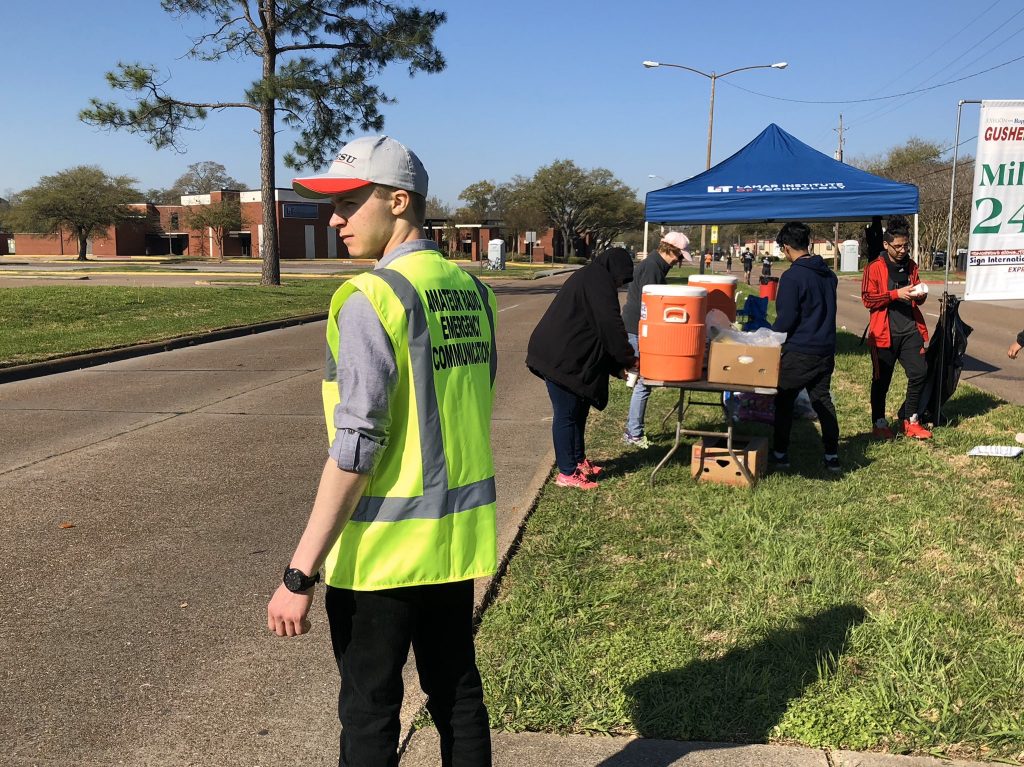You studied hard and passed the test—congratulations, you’re a Ham Radio operator! With that new Technician license in hand you can now get on the air. But what, exactly, does that mean?
If you’re like many new Hams, you have a club in your area that maintains a repeater. So you have probably purchased an HT (handheld transceiver, or “handi-talkie”) for 2 meters or 70 centimeters and are talking with other local Hams. That’s a great start! Surely by now you have also heard more than one Ham say, “When are you going to upgrade to General?”
While upgrading your license to General or Amateur Extra will no doubt give you access to more of the HF spectrum, there are plenty of facets of Ham Radio you can enjoy right away with your Technician license. Here’s a quick review of 15 things you can do to get beyond your local repeater.
FM Hilltopping
Take your HT to a high point in your area—a hill, mountaintop, or even a parking garage and see if you can work stations farther away. You can do this on FM simplex (the 2 meter national calling frequency is 146.520 MHz). You’ll get better performance if you use a small directional antenna, such as this Hy-Gain Yagi.

Satellite Operating
All you need is a Tech license, a dual band HT (or two single band HTs) capable of operating on 2 meters and 70 centimeters, and a handheld Yagi to communicate through satellites with other stations hundreds, or even thousands, of miles away. It’s incredibly portable and tons of fun! See my previous blogson getting started in satellite operating and the basics of making a QSO via satellite.
SSB and Digital on the VHF/UHF Bands
Many modern rigs come with at least one VHF band, and some come with two or three. With some knowledge of interesting propagation phenomena (e.g., sporadic-E and tropospheric ducting) that occur on 50 MHz and up, you can be working stations across the country on a terrestrial path. Bounce a signal off an incoming meteorite? Use the aurora borealis as a signal reflector? All that and more!
Contesting on VHF/UHF
Use the skills acquired with SSB and digital modes I mentioned above in an on-air competition. Several organizations sponsor VHF/UHF contests throughout the year, including ARRL and CQ magazine.

Fox Hunting
Combine Ham Radio and geocaching to locate hidden transmitters in a park. Amateur Radio Direction Finding (ARDF) is a popular club activity that can teach you how to aim your antenna properly. Want to get really serious? Check out these national and worldwide ARDF championship hunts.
Report Your Position and Send Weather Data with APRS
The Automatic Packet Reporting System (APRS) allows you to transmit your location to other stations. Many VHF/UHF radios on the market today are APRS-capable. It can be for fun or to help keep track of important Ham Radio resources during storm spotting or public service events. Learn more about APRS here and click this link to discover worldwide stations posting their position on APRS.
Launch a Balloon
High-altitude balloon activity is soaring (pun intended)! You can attach an APRS transmitter to a helium-filled balloon and track it over the internet, or attach a transceiver and have a temporary repeater active for as long as the balloon is aloft. You could even attach a camera to a radio and transmit live video during the launch, all on VHF or UHF. There are a lot of Ham Radio projects to include on a high-altitude balloon. Learn more about Ham Radio ballooning here. Want to get started? You’ll find WiMo’s PicoAPRS-Lite Transceiver Module and plenty of good advice at DX Engineering.

Bounce a Signal Off the Moon
Earth-Moon-Earth (EME), or Moonbounce, communications involves bouncing VHF, UHF, or even microwave radio signals off the surface of the moon and back to the earth. Originally limited to the most robust and technically-equipped Ham Radio stations, EME has become significantly easier thanks to the invention of the WSJT suite of software by Nobel prize-winning physicist Joe Taylor, K1JT. WSJT allows decoding of digitally-transmitted signals many decibels below the noise floor. While there are still significant challenges to EME, you can achieve some measure of success with 100 watts and a single, long-boom Yagi antenna.
Storm Spotting
SKYWARN volunteers help relay information on approaching weather fronts, such as a thunderstorm or tornado. Storm spotters provide critical information to weather forecasters that can’t be obtained by radar. Find many more details about getting involved in SKYWARN’s Storm Spotter Program at the National Weather Service website.
Networking (Broadband-Hamnet/High Speed MultiMedia)
Create wireless networks over Ham Radio frequencies utilizing the 802.11 protocol and an open-source vision. This provides an extremely portable network that can function anywhere. If used with gain antennas, you can create a network with a coverage area of several square miles with zero existing infrastructure. Check out this link to the Amateur Radio Emergency Data Network to learn more.
Amateur Radio Emergency Service (ARES)
ARES helps with communications during hurricanes, severe weather, floods, and other emergencies when standard means of communication are disrupted. Proper training is critical. Learn more about ARES at the ARRL website.
Public Service in Your Community
Ham Radio can assist local organizations by providing needed communications at public events, such as parades, street fairs, exhibitions, etc. This is a great way for your club to raise its visibility with other groups in your community, and with the community leadership itself. Check out more about Ham Radio and public service here.

Operate HF
A common misconception is that Technicians don’t have HF privileges. In fact, Technicians have access to 10, 15, 40 and 80 meters! If you’re willing to learn CW, you can be on HF quickly. If not, you still have access to 10 meters, where Techs can operate SSB, CW and digital modes. Ten meters can be very active in the summer thanks to sporadic-E propagation.
Enjoy a Slice of Pi
Combining Ham Radio with microcontrollers, such as the Raspberry Pi or Arduino, creates a slew of opportunities to mesh Ham Radio with your high-tech pursuits. Hundreds of projects exist, from creating a WSPR transmitter, a digital IGATE, satellite tracking and many others. Check out this video from Julian, OH8STN, showing some of the many things you can do with Ham Radio and a microcontroller, or pick up the ARRL book More Arduino Projects for Ham Radioby Glen Popiel, KW5GP.
Teach Others
If you just passed your Ham Radio exam, get involved with a local club and help others study! Take the experience you’ve gained in the hobby so far and help an aspiring amateur operator. There’s nothing like helping somebody to reinforce what you’ve learned. Reach out, roll up your sleeves, and be an Elmer!
How are YOU enjoying your Technician license? Drop me a line and let me know!

